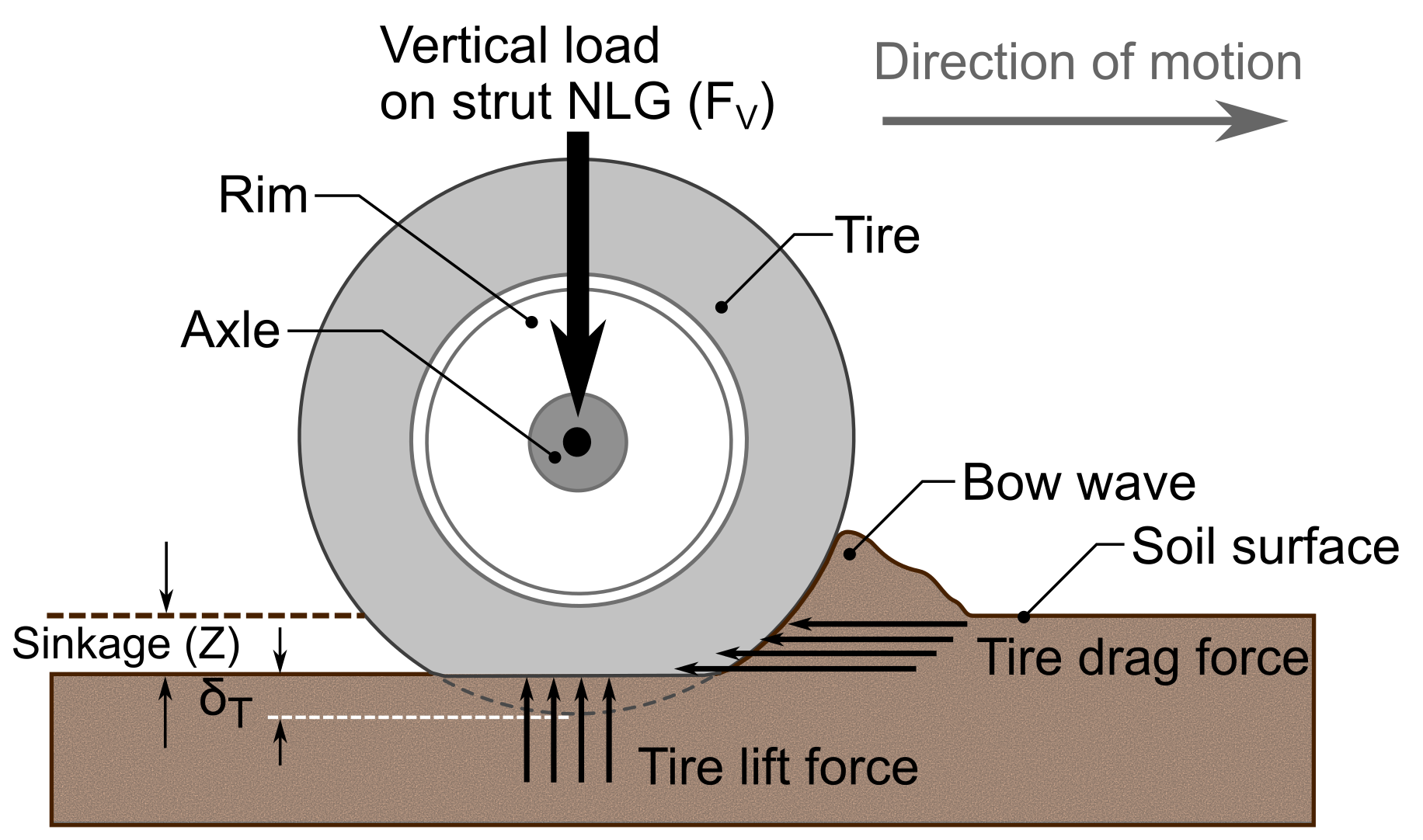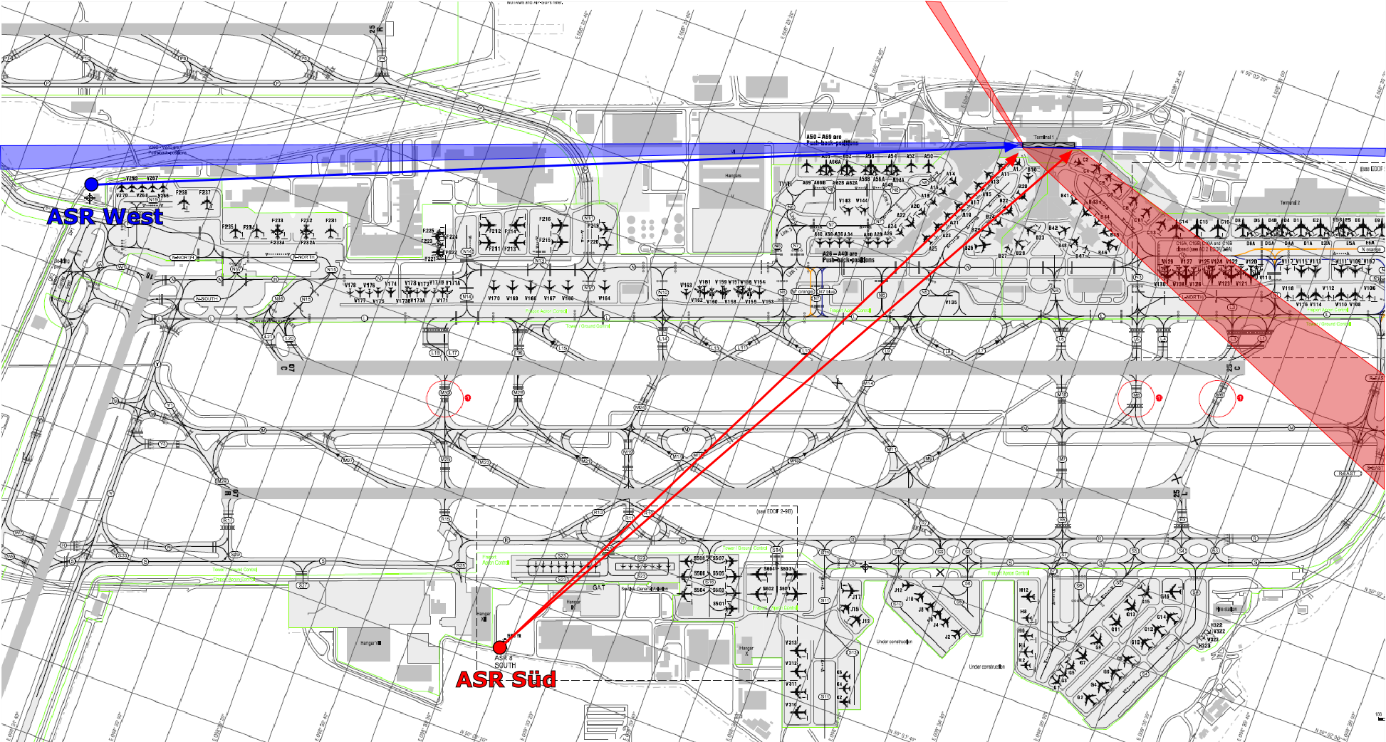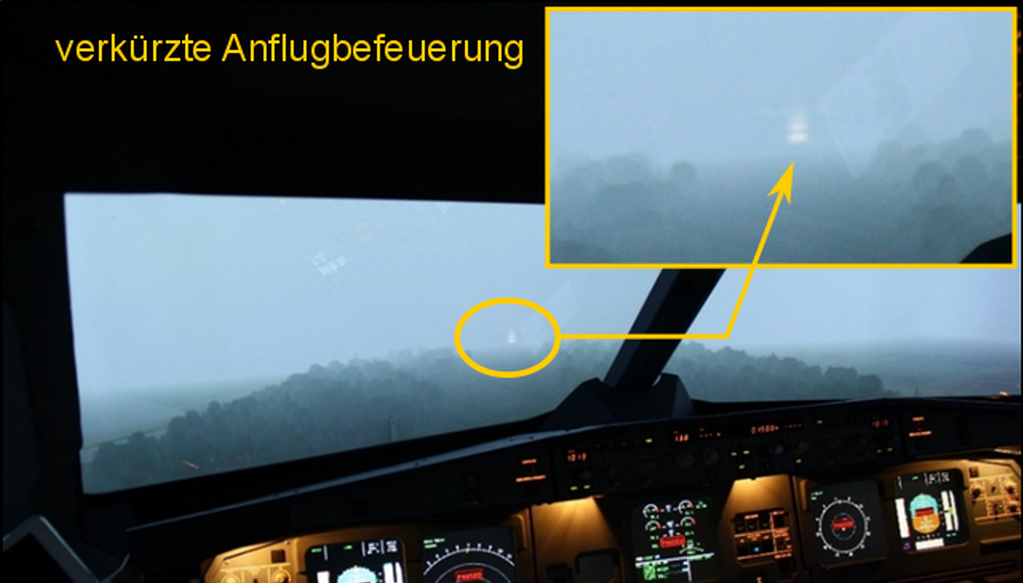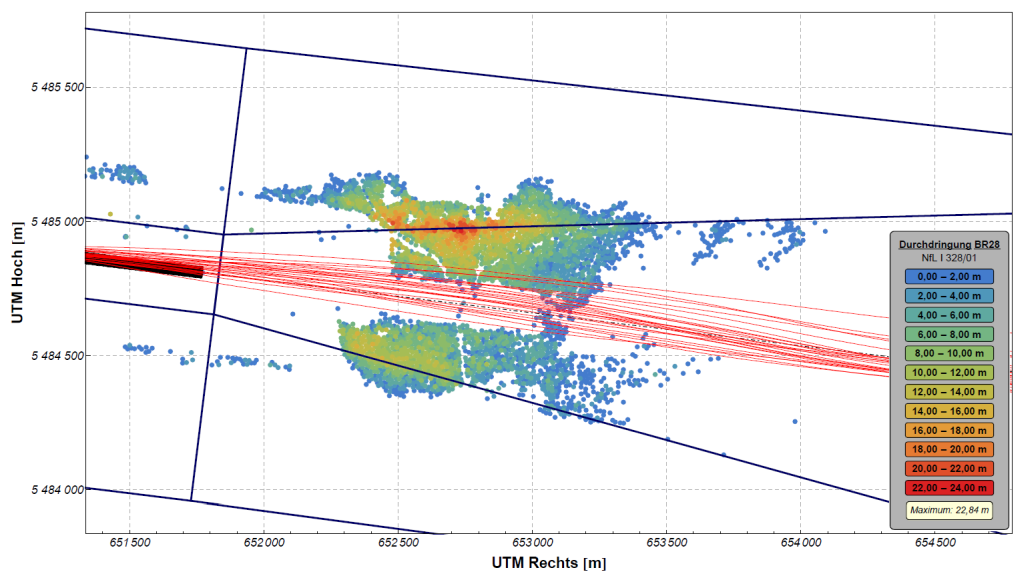Safety assessments serve to determine flight operational risks as a link between the probability of occurrence and the severity of damage. The general procedure consists of carrying out a functional hazard assessment and risk analyses as well as the subsequent risk assessment and, if necessary, deriving mitigation measures.
Safety assessments are often the continuation of conformity analyses in accordance with EASA/ICAO and any deviations from the guidelines identified during this process. The resulting focal points of investigation are manifold and require the consideration of numerous individual circumstances. The safety assessments carried out by GfL guarantee a case-specific consideration using the above-mentioned procedural steps. These are supported by extensive document analyses, simulations/model applications, flight tests in the simulator, expert workshops as well as analytical calculations taking into account general mathematical and physical working principles as well as specific flight operation, flight performance and air traffic control interrelationships.
The following is a list of exemplary focal points that have been investigated by GfL in the context of safety assessments:
- Soil bearing strength of aircraft operating areas (tire-soil interaction modeling),
- Underground structures in the RWY strip,
- Dimensioning of flight operation areas (e.g. RESA, RWY strips etc.),
- Construction works during simultaneous flight operations,
- Missing/shortened approach lighting systems,
- Operation of aircraft with a higher code letter,
- Radar signature and ILS investigations,
- Evaluation of policy differences (e.g. NfL vs. EASA),
- Development of standardized risk management procedures at airports and
- Development of Alternative Means of Compliance (AltMoC) etc.




